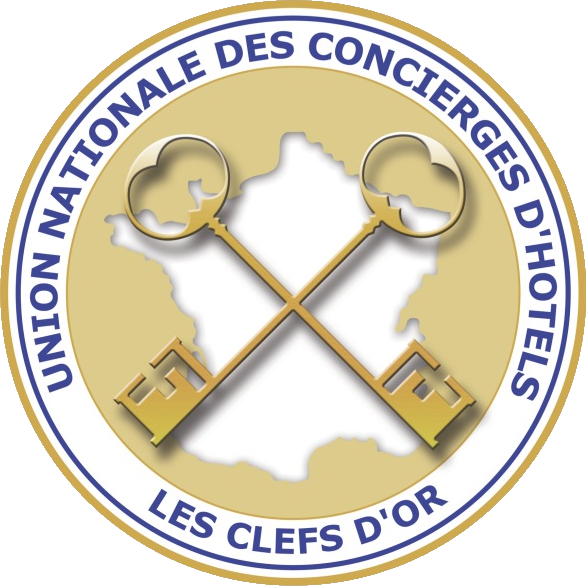|
PARISMARAIS NEWSLETTER, ISSUE N°197, 28 JUNE 2018 |
||||||||||||||||
 |
||||||||||||||||
 |
||||||||||||||||
Madame de Pompadour |
||||||||||||||||
Le Marais at its Golden Age : The seventeenth Century |
||||||||||||||||
|
This month, we are delighted to offer you a journey through time, when kings and nobility lived in Le Marais. Historian Bruno Rémy, has written several books about the history of le Marais, in French and English. They are available in the Marais at the Association pour la Sauvegarde du Paris historique, 44-46, rue François Miron, and the Librairie de l’Hôtel de Sully, 62, rue de Rivoli, 75001. Outside Le Marais district you can order the books at Librairie Galignani, 224, rue de Rivoli, 75001 Paris. It can also be bought direct from the author’s website |
||||||||||||||||
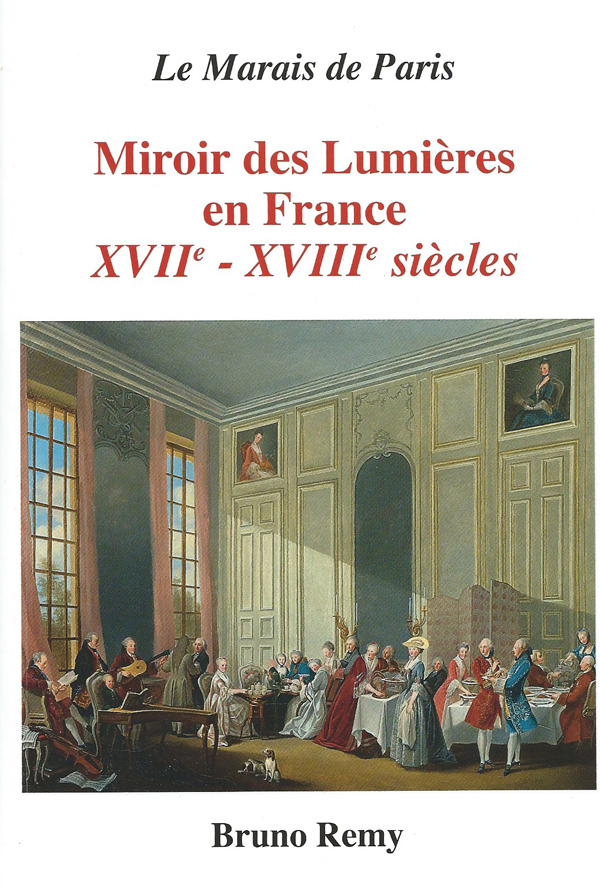 |
||||||||||||||||
Bruno Rémy's book about Le Siècle des Lumières |
||||||||||||||||
|
First, below, is a résumé of the book by Bruno Rémy, 700 pages of the « Bible » on the Marais’ most glorious days. A book not to be missed for the those really passionate about French history. Then a chance to discover one of the few mansion houses of this age, now converted into an elegant 3-star hotel in one of le Marais’ most busy streets where history blends with chic boutiques, fabulous ice creams and much much more. « …The Age of Enlightenment in France evokes the long struggle that opposed the freethinkers, later called philosophers, to the Church and the Monarchy which based its legitimacy on the divine right of kings. The struggle between the freethinkers and the Obscurantists (denoting the enemies of the Enlightenment) encompassed two centuries. It started after the bloody wars of religion of the XVIe century, during the Counter-Reformation which saw the Jesuits trying to reestablish catholic faith in an all-out counter-offensive against the Protestants and the freethinkers. It coincided also with the individual starting to assert himself forcefully, like much earlier during the Renaissance in Italy, by adding his own input to the knowledge of Antiquity and to any of the new fields of activity that emerged during the Age of Enlightenment. . This book, Le Marais de Paris, Miroir des Lumières en France, XVIIe-XVIIIe siècles, is devoted to the French Enlightenment as reflected through the history of the Marais, which is remarkably close to that of France, and takes into account the English influence in the field of politics and the sensitivity current which greatly changed people’s mentality. Starting, as it is generally accepted with Newton (1642-1727), the siècle des Lumières, which saw the triumph of the sciences regrouped in the Diderot Encyclopedia, was meant to bring happiness on earth to men who thought they had attained it after the storming of the Bastille on the 14th of July 1789, but sank into total disillusion after the September 1792 Massacre which started the Reign of Terror (1792-94). This book draws the portraits of numerous persons who played an active role in the development of human rights in France but also of those who supported fully the Ancien Régime. Also remembered are the freethinkers and all other members of society who, like the illustrious Fouquet, fell victims to injustice and intolerance till the French Revolution. These people lived often side by side, sometimes in the same street, in a complex society where reigned injustice, religious intolerance, censorship, poverty and above all inequality. That was not altogether the case in other parts of Europe which were torn apart by intolerance and were ruled by enlightened kings who undertook extensive reforms, like ending slavery and granting freedom of expression. In France, Louis XV and Louis XVI were sincere in their quest for reforming society but ceded under the pressure of the privileged classes unlike Frederick II in Prussia, Gustavus III in Sweden or Joseph II, brother of Marie Antoinette, in Austria. Shown below are some of the people who, by their actions, hampered or contributed to the development of the Enlightenment in France, and a number of churches and grandiose mansions (hôtels particuliers) dating from that flourishing period in French history. Some of the strongest defenders of the Ancien Regime were the Kings’ confessors and preachers, amongst them: Le Père La Chaise, Louis XIV’s confessor may have had a say in separating Madame de Montespan from the king after the Affair of Poisons (affaire des Poisons). He may have also secretly married Madame de Maintenon to Louis XIV. More important, he may have prevented, according to some historians, the Revocation of the Edict of Nantes, although Voltaire did not share that view. The Revocation of the Edict of Nantes, which delighted Madame de Sévigné, caused considerable damage to the French economy. Le Père La Chaise is mostly remembered today for the cemetery of Père La Chaise where he had a summer house in Mont Louis. |
||||||||||||||||
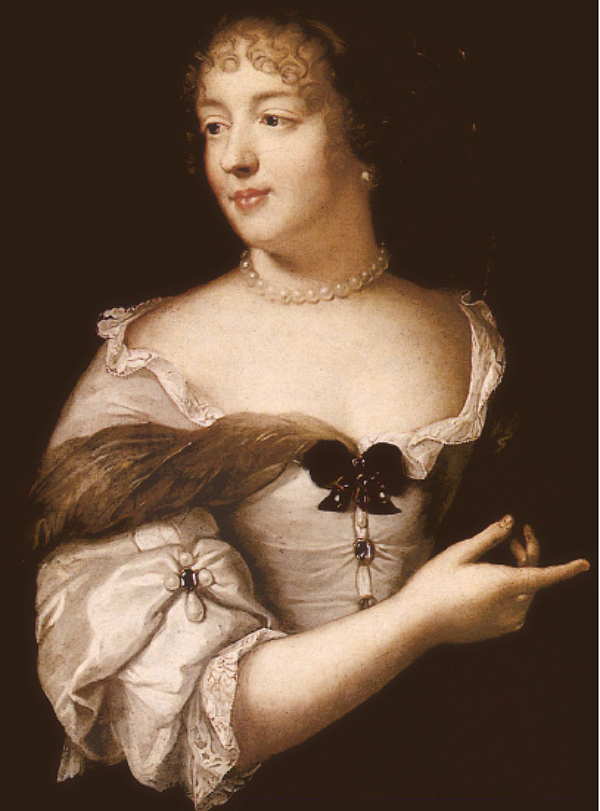 |
||||||||||||||||
Madame de Sévigné |
||||||||||||||||
|
Preachers like Bossuet and Bourdaloue, whose task was to remind the faithful of their Christian duties. were most effective in making libertine aristocrats come back to the fold of the Church. In 1687, in the funeral sermon for the Grand Condé, Bourdaloue praised the great warrior for his military exploits, but omitted any reference to his philandering and cruelties like locking away his wife in the countryside at Châteauroux. King’s official mistresses were also influential in nominating ministers, except in the case of Louis XIV who ruled by himself (“L’État, c’est moi”). Louis XV, on the contrary, let himself be influenced by Madame de Pompadour. She convinced him to dismiss able ministers who had offended her (she was a commoner) but were trying to reform the monarchy. It was thanks to her, however, that the rococo style flourished in France and Europe as the king was mostly interested in sciences, and that Diderot’s Encyclopedia continued to be published. Other figures of the Enlightenment range from poets, other writers and artists to courtesans, scientists and philosophers. Théophile de Viau stood for poetic “invention” and refused to be bound by the classical rules imposed upon poetry by Malherbe. He was dismissed by the classics and not rediscovered until the pre-romantic period. His espousing Epicureanism put him to a lot of trouble – he was condemned to be burned at the stake but managed to hide in the Marais – , and died at the age of 39 after enduring two years of harsh imprisonment at the Conciergerie. The courtesan Ninon de Lenclos, remembered for her amour galant, stood for women’s rights like other “précieuses”, namely Mademoiselle de Scudéry and also Madame de Sévigné who preferred to remain single (Madame de Sévigné after the death of her young husband in a duel) rather than falling into the grips of men who often exercised tyrannical authority over their wives and children. Chattel marriages were usually the norms in aristocratic circles. The marquise de Sévigné, whose main worry was to tend to her married daughter, remained all her life a staunch supporter of the monarchy and the Church. Also remembered is Théroigne de Méricourt who, at the Convention, dared criticize men who were in their majority misogynists and who thought the place of women in society is at home (au foyer), was severely beaten by bellicose women called tricoteuses (knitters) who sat in the assembly. She died in 1817 after spending 23 years (half her life) at the Salpêtrière hospital in Paris. Scientists like Père Mersenne, Pascal and Lavoisier, philosophers like Descartes, Rousseau and Voltaire, writers like Corneille, Pascal, Beaumarchais, contributed a lot to the development of the Enlightenment. Mlle de Scudéry, a précieuse, and Scarron, a burlesque poet, greatly enriched the French language which became the language of the Enlightenment (langue des Lumières) enabling European intellectuals to communicate with each other through the informal republic of letters. Great architects, like Pierre-François Delamaire, François and Jules Hardouin Mansart, and painters, also left their marks in the Marais as attested by the existence in that beautiful quarter of Paris of many fully restored hôtels particuliers like the hôtel de Soubise, hôtel de Rohan and the hôtel de Sully, but only a few religious buildings on account of the wanton destruction of countless religious structures during the Revolution, like the church of La Visitation Sainte Marie with its remarkable rotunda and the baroque church of Saint-Paul Saint-Louis… |
||||||||||||||||
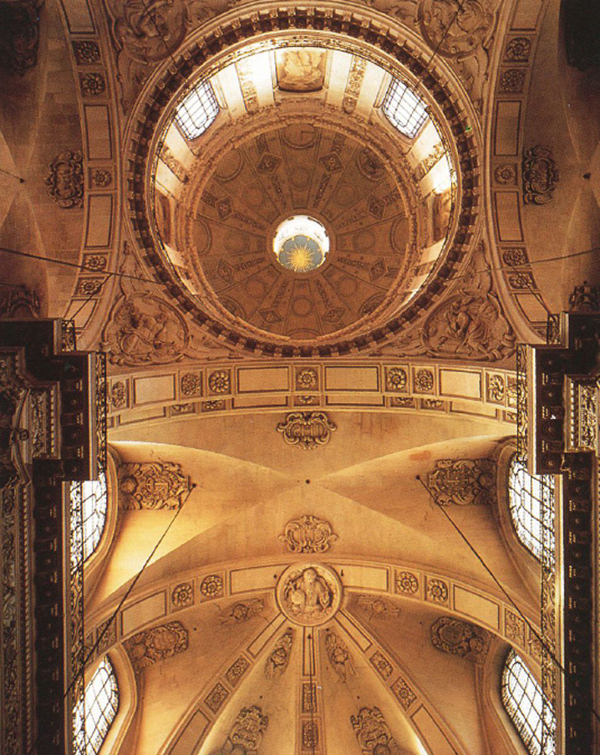 |
||||||||||||||||
Saint-Paul Church |
||||||||||||||||
|
This richly illustrated book which, with the first book on the Middle Ages, Le Vieux Paris, La fondation et l’évolution du Marais médiéval, completes the whole history of the Marais, is replete with themes that gave rise to the universal principles that are enshrined in the French Constitution and the Charter of the United Nations… » Today, you can enjoy the art of living of this time in one of the few mansion houses that has maintained the soul and the style of these golden years at the L’ Hôtel de la Bretonnerie. You will stay in a charming historical mansion that has kept its character over time: each of its 7 suites and 22 rooms, are perfectly equipped and uniquely decorated, and they take you on a journey through time for an intimate and refined stay. In the heart of the old Marais, rich in art boutiques, designer shops and typical French bistros, The Hotel de la Bretonnerie is the ideal place for a charming stay in the heart of the Marais. Built in 1650, its wooden beams, stone walls, vintage furniture and vaulted ceilings assembled tastefully confer a particular atmosphere to this stunning mansion. To book directly with the hotel, click here. Enjoy le Marais today and forever ! The PARISMARAIS ® Team |
||||||||||||||||
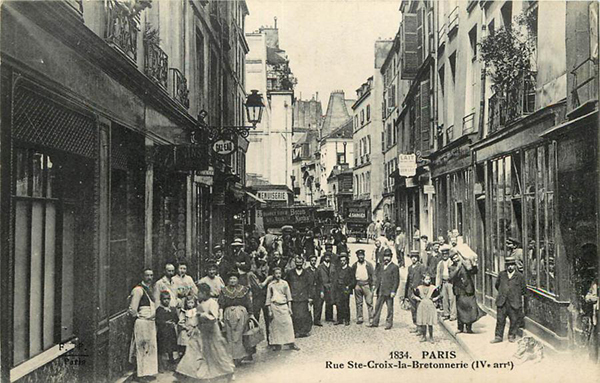 |
||||||||||||||||
Rue Sainte Croix de Bretonnerie in 1834 |
||||||||||||||||
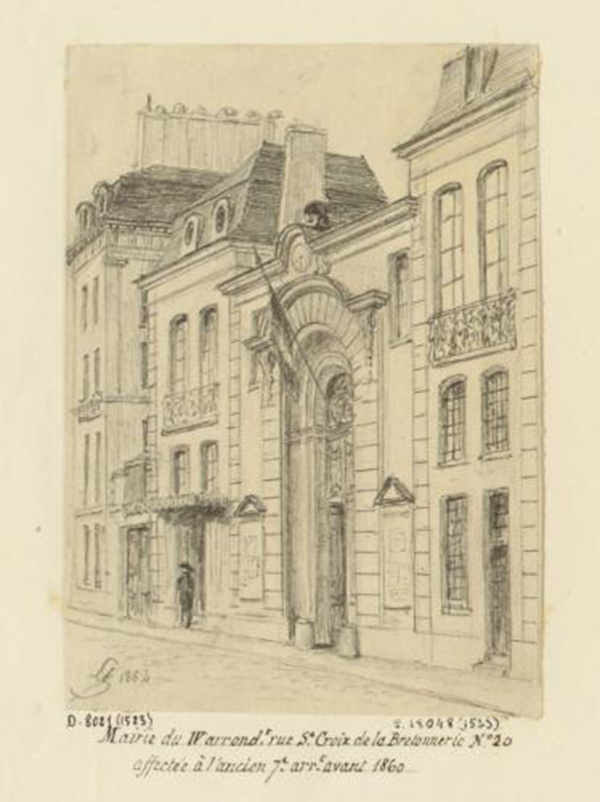 |
||||||||||||||||
Hotel de la Bretonnerie & former city hall of disctrict 4 in 1860 |
||||||||||||||||
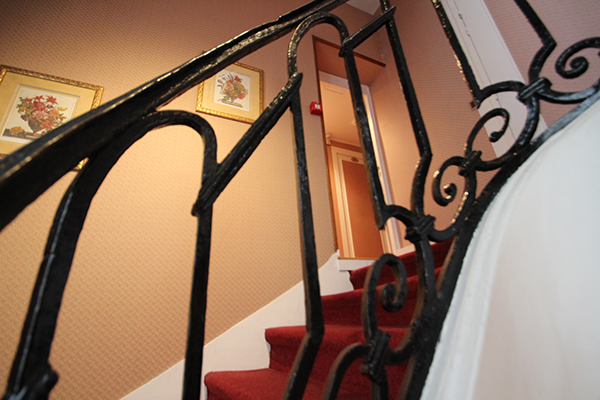 |
||||||||||||||||
Classified stairwell from 17th century |
||||||||||||||||
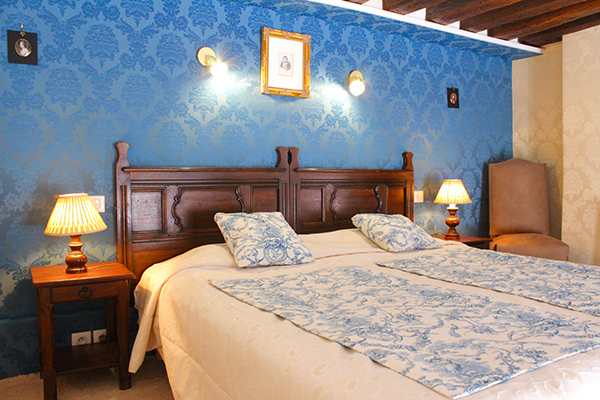 |
||||||||||||||||
New bedroom at La Bretonnerie |
||||||||||||||||
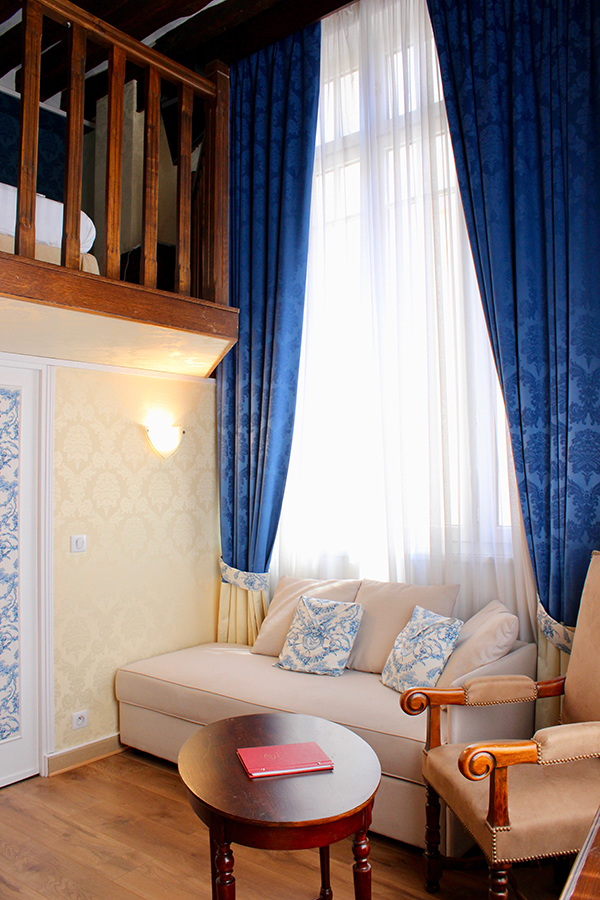 |
||||||||||||||||
High ceilings at the noble first floor |
||||||||||||||||
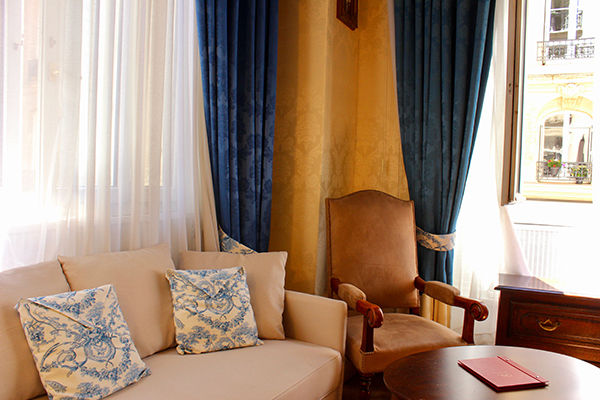 |
||||||||||||||||
Inspired by History |
||||||||||||||||
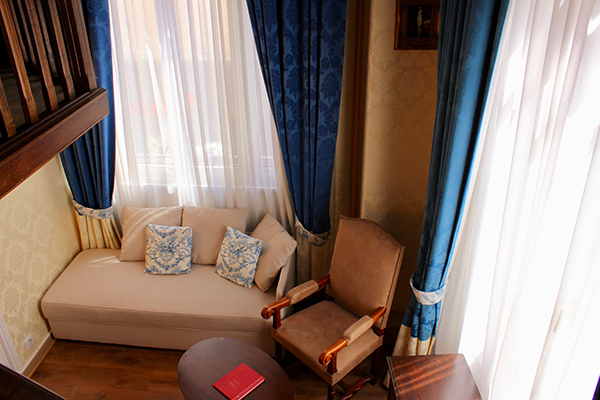 |
||||||||||||||||
Duplex bedrooms |
||||||||||||||||
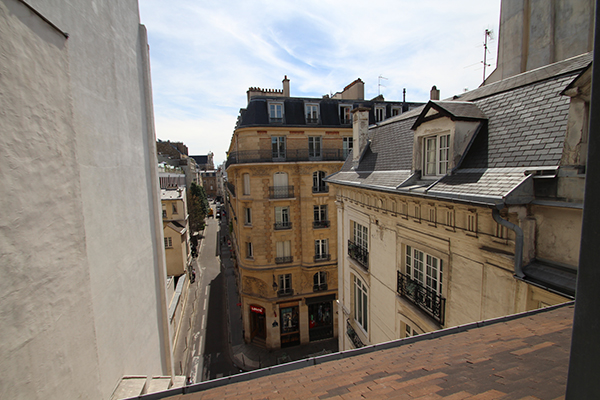 |
||||||||||||||||
View over paris' rooftops |
||||||||||||||||
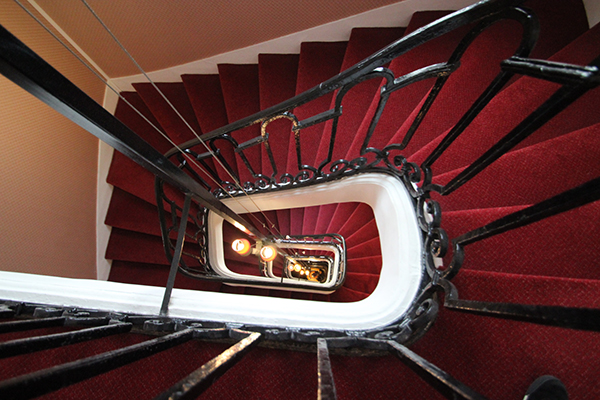 |
||||||||||||||||
Amazing staircase dated around 1650 |
||||||||||||||||
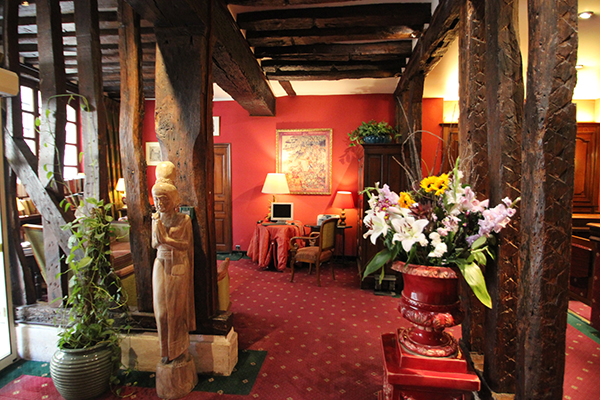 |
||||||||||||||||
Entrance-hall of La Bretonnerie |
||||||||||||||||
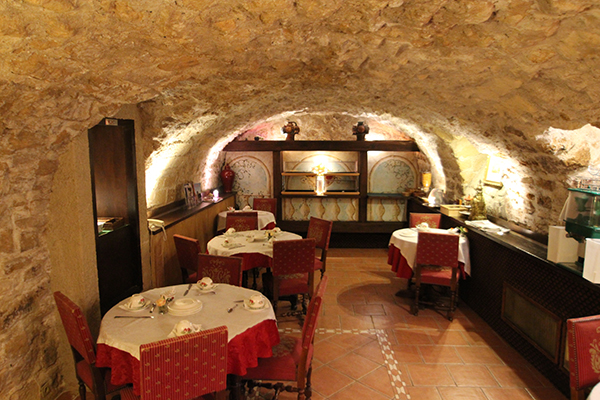 |
||||||||||||||||
Breakfast room in vaulted cellar |
||||||||||||||||
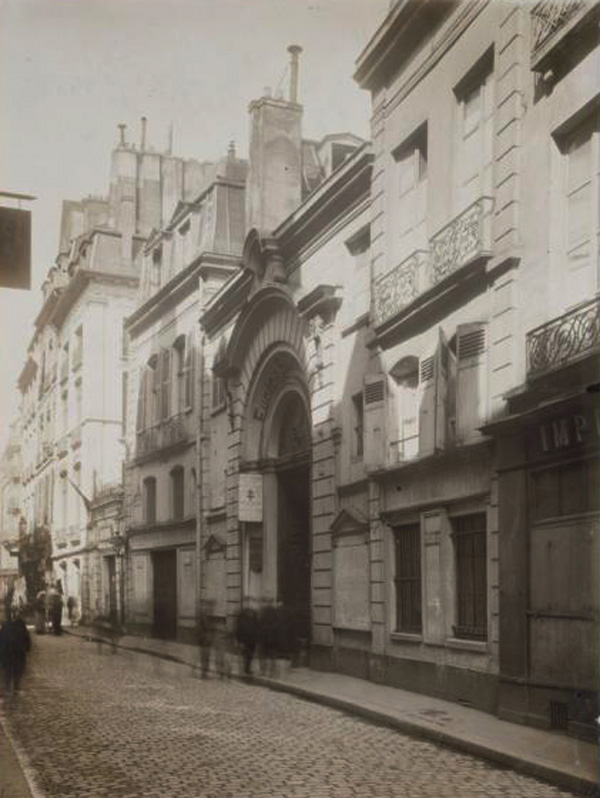 |
||||||||||||||||
Vintage photography of the Hotel late 19th century |
||||||||||||||||
|
|
||||||||||||||||
 |
||||||||||||||||
|
|
||||||||||||||||
LE MARAIS MAP, DOWNLOAD FOR FREE ! |
||||||||||||||||
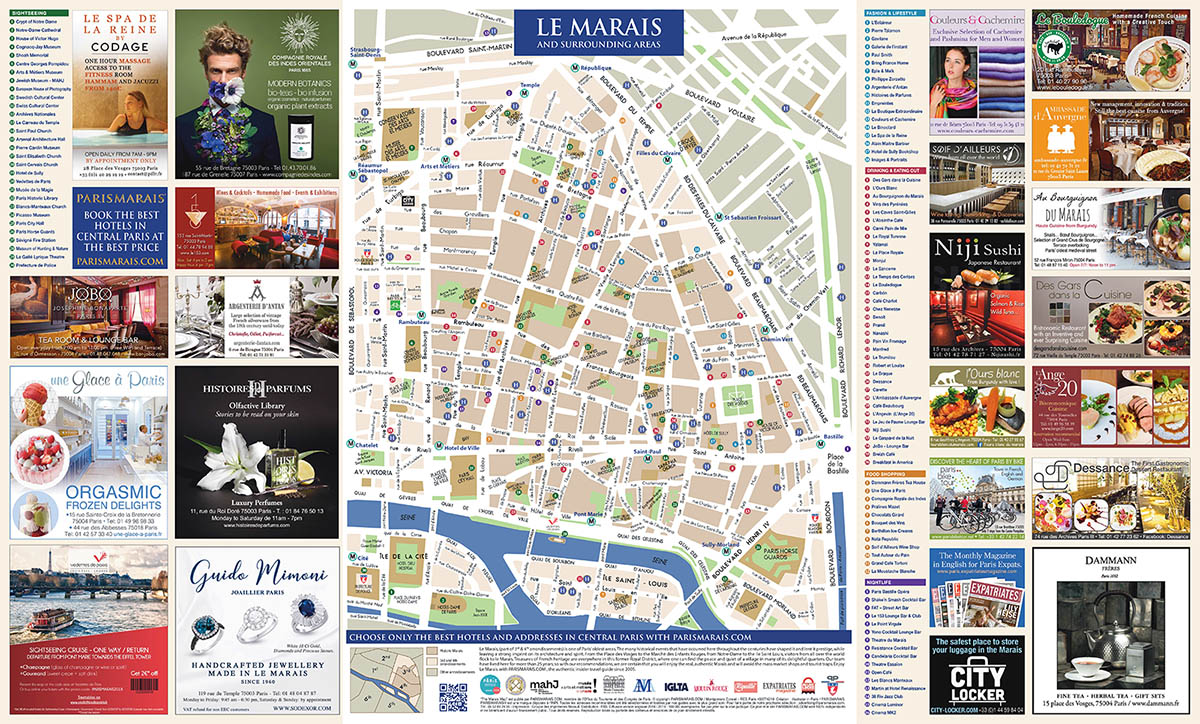
To prepare your trip to Paris, you can download the exclusive PARISMARAIS MAP for free ! |
||||||||||||||||
|
|
||||||||||||||||
FOLLOW US ON THE MAIN SOCIAL NETWORKS |
||||||||||||||||
|
||||||||||||||||
|
|
||||||||||||||||
DON'T MISS OUR NEWSLETTER,
|
||||||||||||||||
|
Parismarais Newsletter, issue N°197, 28 JUNE 2018. |
||||||||||||||||
|
|
||||||||||||||||
|
Special thanks to our contributors and media partners all over the world. Should you wish to advertise with us recommend us as well as create profitable reciprocal links with us to your web site, please contact us. PARISMARAIS.COM ® is a Media Partner of the Paris Tourism Office, as well as correspondent of over 100 medias in the world. If you want to answer this email, please email us. |
||||||||||||||||
|
|
||||||||||||||||
|
Copyright © 2018 PARISMARAIS.COM, All rights reserved. |
||||||||||||||||
|
||||||||||||||||
|
|
||||||||||||||||

.jpg)






